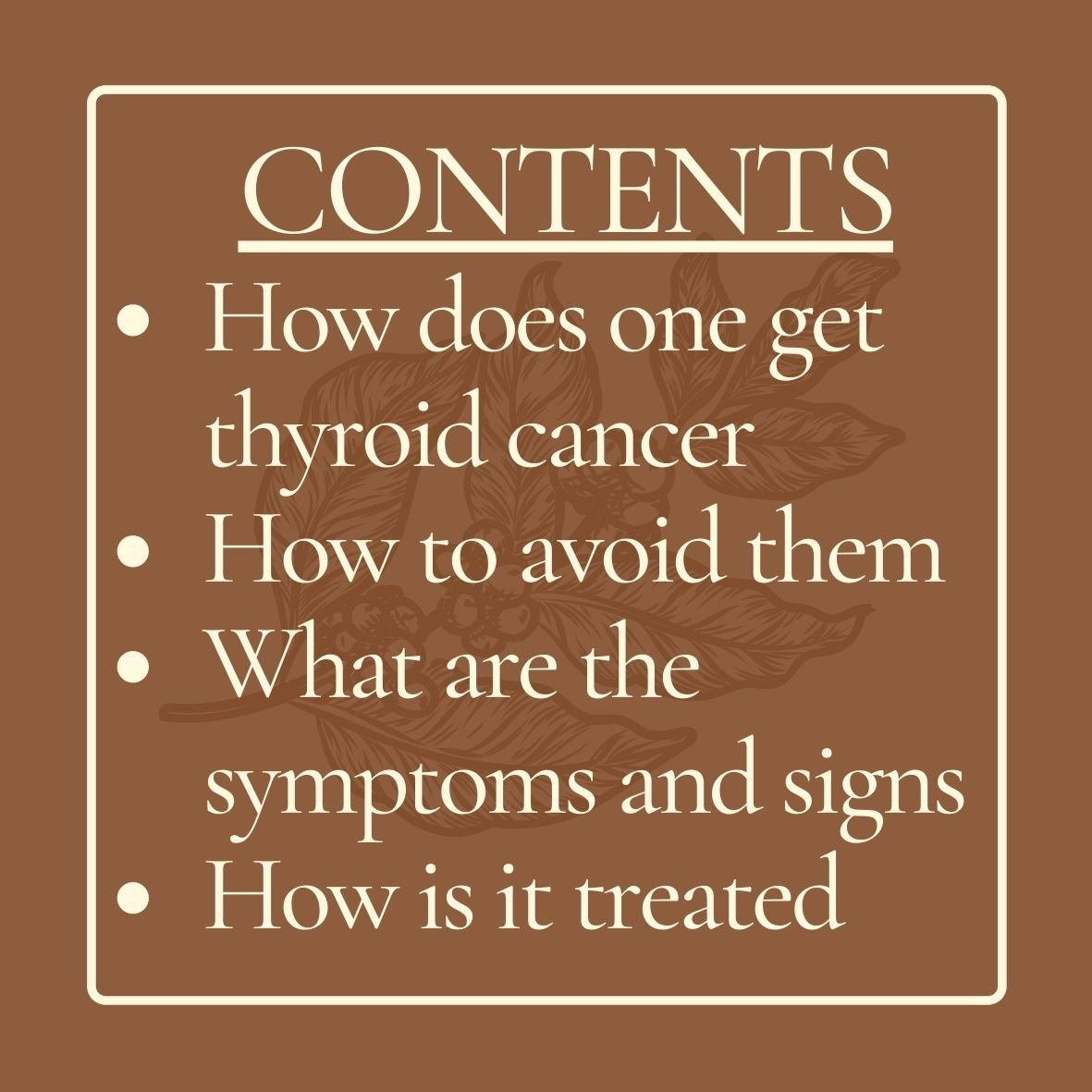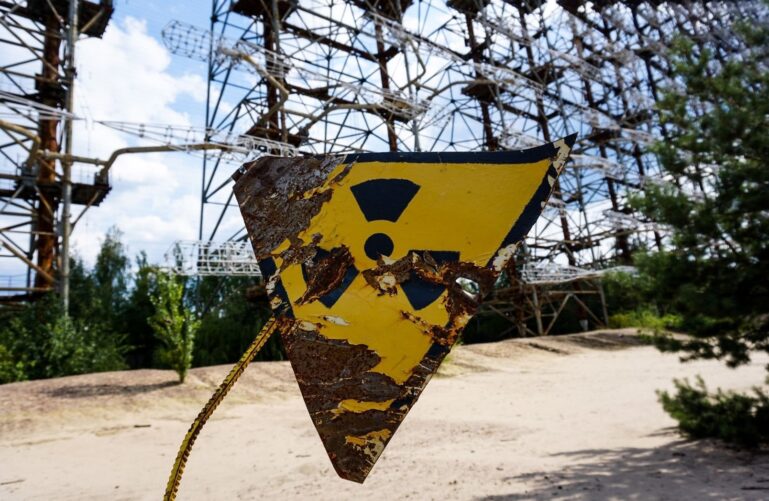Has a new cancer become the 3rd commonest cancer in Sri Lanka?
Statistics have shown a new cancer emerging as the 3rd commonest cancer in Sri Lanka.
In Sri Lanka, approximately 30,000 are diagnosed as new patients with cancer each year. Breast cancer has been the commonest, followed by cancers of the oral cavity.
The Cancer Control Program of the Ministry of Health of Sri Lanka has recently released the latest cancer statistics for the year 2015, although the data which is released annually is outdated at least by 5 years. Further, it is collected mostly from the government health care institutions only, implying a gross inconsistency of data collection. Nevertheless, breast, oral, uterine cervix cancers been the commonest cancers in Sri Lanka till a few years back, has been replaced by thyroid cancers as the latest 3rd commonest cancer since 2010. The numbers have shown a drastic increase among females compared to males, and thyroid cancers are the second commonest among females at present.

What is Thyroid gland?
How does one get thyroid cancer, to avoid them, its symptoms and signs, and treatment is explained for easy understanding in this article.
Thyroid is a small gland found in front of the trachea (windpipe), just above the chest bone (sternum), in the neck. It is an endocrine organ, implying that thyroxine which is produced by it gets mixed with blood directly rather than flowing through a duct system. Thyroxine is a hormone that is needed to maintain the metabolic rate of the entire body. Production of thyroxine and its effect on the metabolic rate of the body is not directly related to the development of cancer from its cells. Hence the patients could be asymptomatic at the beginning apart from a visible lump. Thyroid gland is not usually palpable and all palpable glands are not necessarily cancerous. Usually, enlarged thyroid glands are detected by someone else who notices it in the lower neck.
Thyroid cancer - the new cancer, which became the 3rd commonest cancer in Sri Lanka
Thyroid cancers can be subdivided into 3 main groups. The well-differentiated cancers resemble the original cell lines (follicular cells) that are found in the thyroid gland. Hence the behaviour of these cancers are the best and have a better prognosis. Almost 90 per cent of thyroid cancers fall into this category. Papillary and follicular cancers are the 2 common cancers found in the well-differentiated group. The present rising incidence of thyroid cancers in Sri Lanka is mostly due to the rapid upsurge of papillary cancers among women. Papillary cancers can spread to the surrounding lymph nodes in the neck and spread via the bloodstream is extremely rare. In contrary to it, the follicular cancers are rarer than papillary and do spread via the bloodstream to bone and lungs. Though these are considered as good prognostic cancers with low mortality rates, certain subtypes of these cancers, especially some subtypes of follicular cancers may have a poor prognosis.
Rare thyroid cancers
Medullary cancer, which is the second group of thyroid cancers and do arise from a cell called parafollicular, which is found within the thyroid though its function is to maintain the calcium levels. These secrete a hormone called calcitonin which reduces blood calcium levels. Medullary carcinomas are rare, can spread to neck lymph nodes and via the blood to distant organs. Also, medullary cancers could be hereditary too.
Anaplastic cancers are the final group that has the worst prognosis. Fortunately, anaplastic carcinomas are extremely rare. They do not resemble the original thyroid cell lines and destroy the closeby structures such as the trachea (windpipe), main blood vessels to the brain before it spreads to nodes or via the bloodstream. The high mortality rates are due to its rapid growth and local destructive nature.
What causes thyroid cancer
Most thyroid cancers are sporadic and a real cause for it is unknown. But radiation exposure is the known cause of papillary carcinomas.
Younger age at exposure significantly increases the risk of getting papillary cancers many years later. Following the atomic bomb in Hiroshima and the nuclear accident which occurred in Ukraine Chernobyl the risk of cancer persisted for almost 5 decades. Further exposure to medical radiation such as through CT scans can be a possible cause for children to get papillary cancers later in life.

Suggest reading: Horrific Energy Sources Cause Cancers
Dietary iodine and thyroid cancers
In countries where the population is at risk for consuming low dietary iodine, there is a higher incidence of goitres (diffuse enlargement of the gland) and follicular cancers and possibly anaplastic cancers. Higher dietary iodine has been postulated as a likely cause for papillary cancers though a plausible mechanism has not been shown. A case study published in Sri Lanka Journal of Diabetes Endocrinology and Metabolism in 2016 (https://sjdem.sljol.info/articles/abstract/10.4038/sjdem.v6i2.7308/), has shown that 52.4% of the 42 different brands of dietary iodized salt in the market did not have the recommended iodine levels for consumption (Sri Lankan standards recommended salt should have 15.0-30.0 ppm of fortified iodine at the retail level.)
How to recognize the symptoms
Thyroid cancers can present as a painless lump in front of the neck, which usually moves with swallowing. A lump in the thyroid of an individual at extreme age groups, as in the very young or in the elderly most likely will be a cancerous growth. The sudden or recent change of voice, bleeding while clearing the throat, palpable nodes on either side of the neck, noisy breathing of recent onset are some of the classical features of malignancy. Further, it is very important to remember that 5 – 10% of long-standing non-cancerous goitres could transform to be cancerous after many years.
The diagnosis is made by a fine needle aspirate of cells (FNAC) from the suspicious nodule. In uncertainty in palpating smaller nodules, an ultrasound scan guided aspiration is done. Usually more expensive imaging modalities such as MRI, CT scans are not required as an initial diagnostic tool.
How is it treated?
Surgery is the mainstay for well-differentiated and medullary cancers. It is important that the whole thyroid gland is removed (total thyroidectomy) to follow with radioiodine therapy.
A total thyroidectomy is properly accomplished when no visible thyroid remnants are seen on the thyroid bed, as if not, the follow-up iodine therapy may not be successful. During the total removal, the surgeon should take extreme precautions to preserve the recurrent laryngeal nerve on either side of the trachea and oesophagus groove, and which supplies the muscles of the vocal cords. Slight hoarseness after difficult surgery could be due to handling, which usually gets reversed. The other important step that surgeons take is to leave at least one parathyroid gland intact, which is needed for blood calcium maintenance. Normally 2 parathyroid glands are found on each side of the thyroid gland, embedded within. It secretes parathyroid hormone which increases and maintain the blood calcium levels at normal. Again, transient low calcium levels after surgery is possible due to handling of parathyroid glands, which is treated by supplementing calcium levels until it regains.
Additional surgery and post operative management
Additional neck lymph node removal (cervical lymph node block dissection) on the affected side or both sides is undertaken depending on the involvement of nodes in papillary and medullary carcinomas.
Post-operative recovery is usually unremarkable and dressing can be removed within a week. There are no restrictions to the routine lifestyle other than to avoid wetting the area.
What additional treatment modalities are used
Chemotherapy is rarely used to treat well-differentiated thyroid cancers. Similarly, External radiotherapy is not routinely used other than for medullary and anaplastic cancers. With limited efficacy, both modalities are sometimes sought to treat troublesome recurrences.
Radio iodine treatment
Is also known as RadioActive Iodine (RAI) treatment and is given orally. As the name implies it contains radioactive iodine, which is taken up by any microscopic thyroid cell that may remain after surgery. The dose of RAI has to be limited, as an excessive dose can harm the human because of its radiation effect. Therefore once a patient is given RAI, he/she will be isolated from others, especially from children and pregnant mothers at least for about 24 – 48 hours. Even all the excretions of the patient should be disposed of safely, as they could have potential harmful radioactive content.
Thyroxine tablets which are taken by the patient will withhold at least for several weeks before RAI treatment and some physicians might request to avoid dietary iodine supplementation too. Although there are no serious side effects like loss of hair, vomiting with RAI treatment, few individuals might experience a dry mouth, painful salivary glands etcetera.
How bad are these thyroid cancers
Though the annual cases of thyroid cancers have very rapidly increased in Sri Lanka during the last 5 years, it has not shown any increase in the death rate by well-differentiated thyroid cancers. Therefore the prognosis of well-differentiated thyroid cancers is excellent compared to anaplastic malignancies, all anaplastic cancers are highly fatal and do not provide a cure with any form of treatment.
In summary
In summary, the order of common cancers in Sri Lanka has changed and a new cancer has become the 3rd commonest cancer in Sri Lanka. Routine screening, awareness and ultrasound scanning of the neck are the possible reasons to pick up more cases of papillary thyroid cancers. Nevertheless, the possibility of low dose environmental radiation exposure should not be ignored, warranting further scientific evaluation and studies.
Previously the third slot which was occupied by uterine cervical cancers has reduced possibly due to early screening, PAP smears been done at the grass-root level to pick up premalignant cases, health education and the introduction of HPV vaccines to combat cervical cancers.
Suggest reading more about HPV vaccine
https://www.plannedparenthood.org/learn/stds-hiv-safer-sex/hpv/should-i-get-hpv-vaccine/
https://www.epid.gov.lk/web/index.php?option=com_content&view=article&id=208&Itemid=517&lang=en
